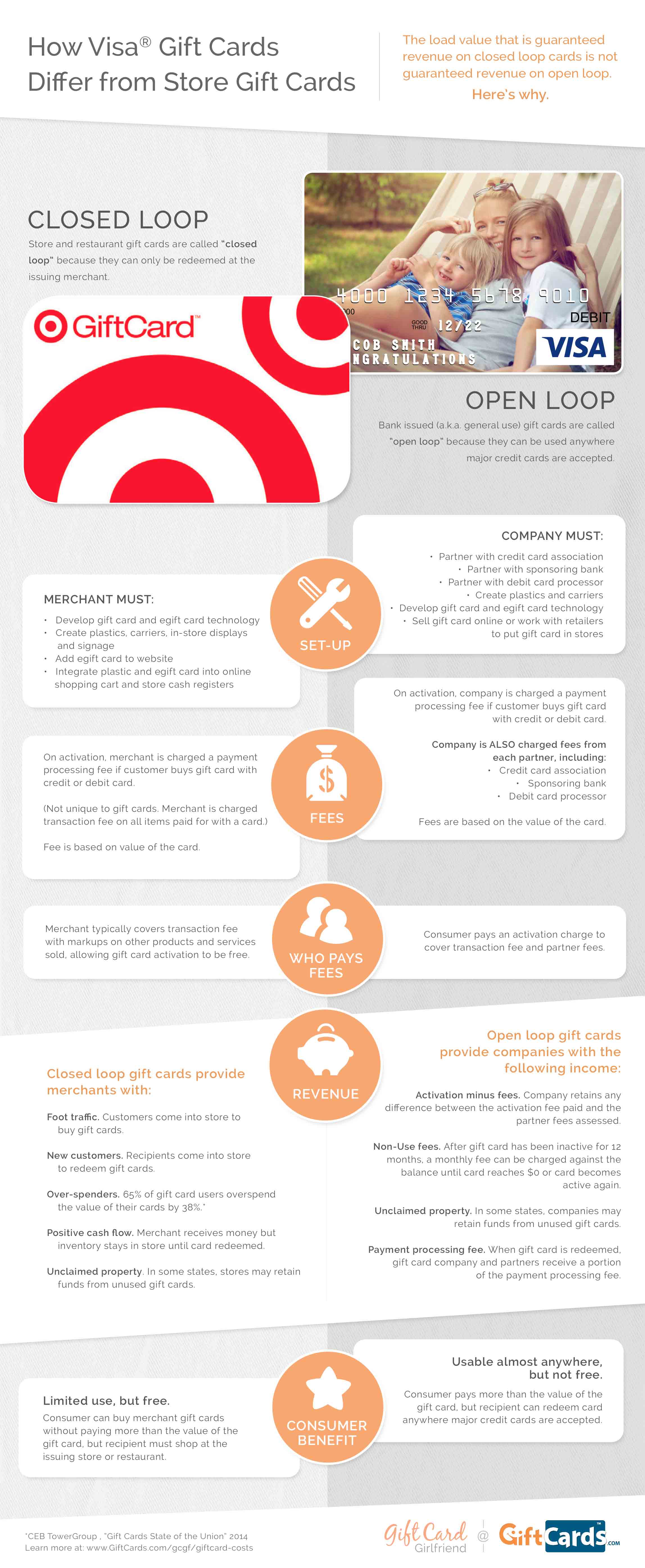Personalized glass awards evoke an undeviating spirit of dedication and quality. They promote a society of acknowledgment that transcends ordered boundaries.
Wheel inscription is displayed on a cup likely made in the 1700s covered with complex Chinese-style motifs. These concepts announced obligation to the Jacobite cause. This is an impressive example of just how imported Asian items influenced European style trends.
Beginnings
As glassmaking came to be much more innovative, engravers understood that a layout contributed to an item of glass transformed it from practical into desirable. They trying out a variety of damaging, abrading and cutting methods.
One of the most competent engravers generated fine in-depth work. Anna Roemers Visscher, who was a glass cutter and engraver, was renowned for her fragile flowers, influenced by the nature publications preferred in her time.
Engravers also carved fine linework right into glass. By the end of the 17th century, engravers had begun to desert linear clearness in favour of crosshatched chiaroscuro results. One of the earliest examples is taped on a jug by a Rotterdam engraver who authorized his collaborate with a scribbled flexibility and vigour that raised it above the rest.
Inscribing continued to be a prominent strategy, although it was increasingly eclipsed by cut glass and brand-new strategies such as etching, which was less expensive than etching. Nonetheless, economic pressures after c1905, together with declining high quality of cut glass, saw a surge in the popularity of engraved glass, referred to as rock crystal.
Methods
Glassmakers made use of a variety of techniques to mark or embellish the surface area of a vessel, often combining different approaches. One technique called stipple engraving, as an example, makes use of a factor of tungsten or diamond to make small dots on the glass surface which produce contrasting white lines when light sparkles through them.
Personalized glass awards are cherished for their style and prestige. They show the deep esteem and regard that firms hold for their employees and promote a society of quality.
The clarity of glass personifies the openness and sincerity of corporate recognition, urging recipients to take stock of their achievements and review their journey in the organization. Additionally, the capability of personalized glass to show individualized message and imagery allows for the development of extremely unique and significant awards that evoke the feeling of grandeur connected with this exceptional material.
Styles
From the sleek lines of corporate awards to the etched message on glass prizes, inscribed crystal is an elegant symbol of acknowledgment. Whether presented on someone's workdesk or maintained as a keepsake, these individualized pieces communicate a sense of status and professionalism and reliability that is challenging to discover in other materials.
The style of personalized glass has actually altered gradually to show altering tastes and technological advances. The old strategy of copper-wheel inscription has defied predictions of obsolescence, and brand-new strategies like etching are taking control of where stippling when held sway.
The earliest diamond-point engraving, of the 16th century, is stiff and official. It progressively ended up being much more supple and pleasing, but can quickly deteriorate into over-elaboration. In the 19th century Thomas Webb & Sons introduced "rock crystal" with deep cutting and copper-wheel engraving, which mimicked luxury vessels cut of rock crystal in Europe and the Orient (see Ewer by Webb & Sons). The company's primary engravers were Bohemian immigrants Frederick Engelbert Kny and William Fritsche, who signed their deal with a monogram G.
Meaning
Personalized glass was pricey and searched for. This was since it involved the most requiring glass refining method and depended on the accuracy and initiative of a competent craftsman. The acme of etching was available in the 17th century and was very much a part of the Baroque and Rococo durations.
During this time, personalized goblets could be used to connect messages of social condition. They would certainly present family crests and political allegiances. They can also flaunt one's preference for the most recent style and style trends.
Today, personalized glass is still an essential art form. Nevertheless, advancements in modern technology and laser innovation have streamlined the procedure and made it much more specific. The resulting complex designs are both sensational and resilient. In addition, new sorts of glass have been established family crest engraving to react better to lasers. This has actually expanded the opportunities for musicians and designers. It likewise minimizes the ecological impact of the procedure. For example, optical crystal is an exceptional choice for personalized awards since it is clear and reflects light well.
